Udaipur City Palace 2025: How will the preservation efforts impact the historical architecture?
Picture yourself standing before one of India’s most magnificent architectural wonders. The Udaipur City Palace 2025 preservation initiative is transforming how this 466-year-old marvel will be protected and experienced. As conservation teams work tirelessly to safeguard this Rajasthani treasure, you may wonder what changes await you on your visit.
The Udaipur City Palace faces a pivotal moment in its long history. New preservation efforts launching in 2025 promise to protect its intricate carvings, towering courtyards, and stunning lakeside views for future generations. These initiatives will transform your experience of exploring this architectural masterpiece, ensuring its survival for centuries to come.
This comprehensive guide reveals everything you need to know about the Udaipur City Palace 2025 conservation project. You’ll discover how restoration teams balance modern preservation techniques with traditional craftsmanship, what changes you’ll notice during your visit, and why these efforts matter for world heritage preservation.
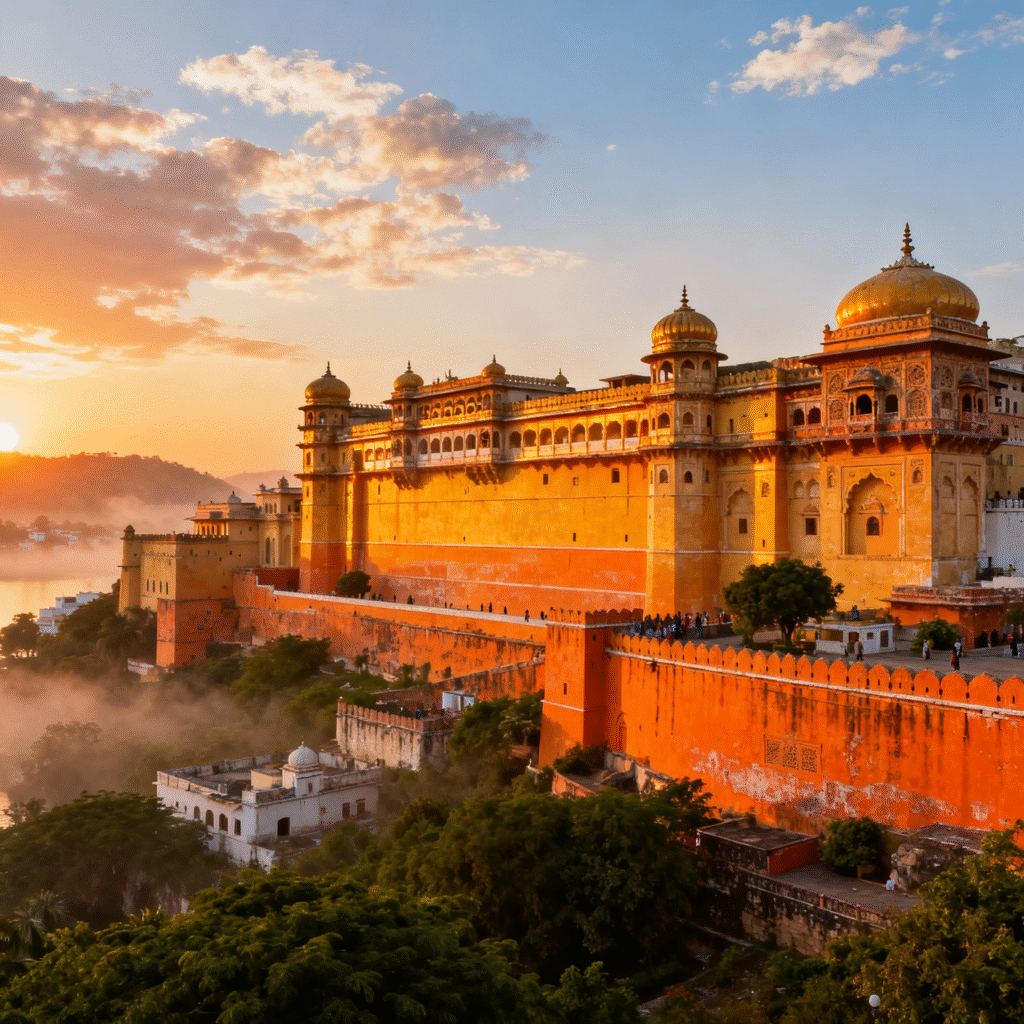
Understanding Udaipur City Palace’s Historical Significance
Architectural Marvel of Rajasthan
The Udaipur City Palace stands as Rajasthan’s largest palace complex, stretching along Lake Pichola’s eastern banks. Maharana Udai Singh II founded this architectural wonder in 1559, creating a structure that would grow over 400 years through contributions from 22 successive rulers.
You’ll find a stunning blend of Rajasthani, Mughal, Medieval, European, and Chinese architecture within its walls. The palace complex spans 5 acres and rises 30 meters above the lake, offering breathtaking views that have captivated visitors for centuries. Its white marble and granite construction reflects traditional building methods that showcase incredible craftsmanship.
The palace houses eleven smaller palaces, each telling unique stories through intricate peacock mosaics, mirror work, and colored glass. These decorative elements represent the pinnacle of 16th-century Indian artistic achievement and craftsmanship.
UNESCO World Heritage Potential
Many heritage experts believe the Udaipur City Palace deserves UNESCO World Heritage status. The site demonstrates outstanding universal value through its architectural innovation and cultural significance. Its continuous evolution over centuries showcases how Indian royal architecture adapted to changing times while maintaining traditional aesthetics.
The palace complex serves as a living museum of Mewar dynasty history. You can trace the region’s political, social, and artistic evolution through its buildings, artifacts, and preserved royal chambers. This makes it an invaluable resource for understanding Rajasthan’s royal heritage.
Current preservation efforts align with UNESCO’s criteria for heritage protection. The 2025 initiatives focus on meeting international conservation standards while respecting the site’s authentic character and cultural context.
Cultural Legacy Since 1559
The Udaipur City Palace represents over four centuries of Mewar dynasty rule. Each maharana added unique architectural elements, creating a visual timeline of changing tastes, technologies, and political fortunes. This layered history makes the palace a three-dimensional historical document.
The complex continues serving as the residence for Udaipur’s royal family, maintaining living traditions that connect past and present. This ongoing cultural continuity adds authenticity rarely found in converted historical monuments. You’ll experience a palace that’s not just preserved but actively lived in and cherished.
The site hosts traditional ceremonies, festivals, and cultural events throughout the year. These activities keep ancient customs alive while educating visitors about Rajasthani heritage, making your visit both educational and culturally enriching.
The 2025 Preservation Initiative: What’s Changing?
Key Restoration Projects Underway
The Udaipur City Palace 2025 preservation program includes several major restoration projects. Conservation teams are addressing structural vulnerabilities in the Badi Mahal (Garden Palace) and Zenana Mahal (women’s quarters), where centuries of weathering have weakened original stonework.
Skilled artisans are restoring delicate mirror work and miniature paintings using traditional techniques. This painstaking work requires months of careful restoration for single rooms, ensuring authenticity and historical accuracy. The teams document every step to create detailed records for future conservation efforts.
Water damage repair stands as a top priority. Lake Pichola’s rising waters during monsoons have affected the lower sections of the palace. Engineers are implementing advanced waterproofing systems while maintaining the building’s original appearance and architectural integrity.
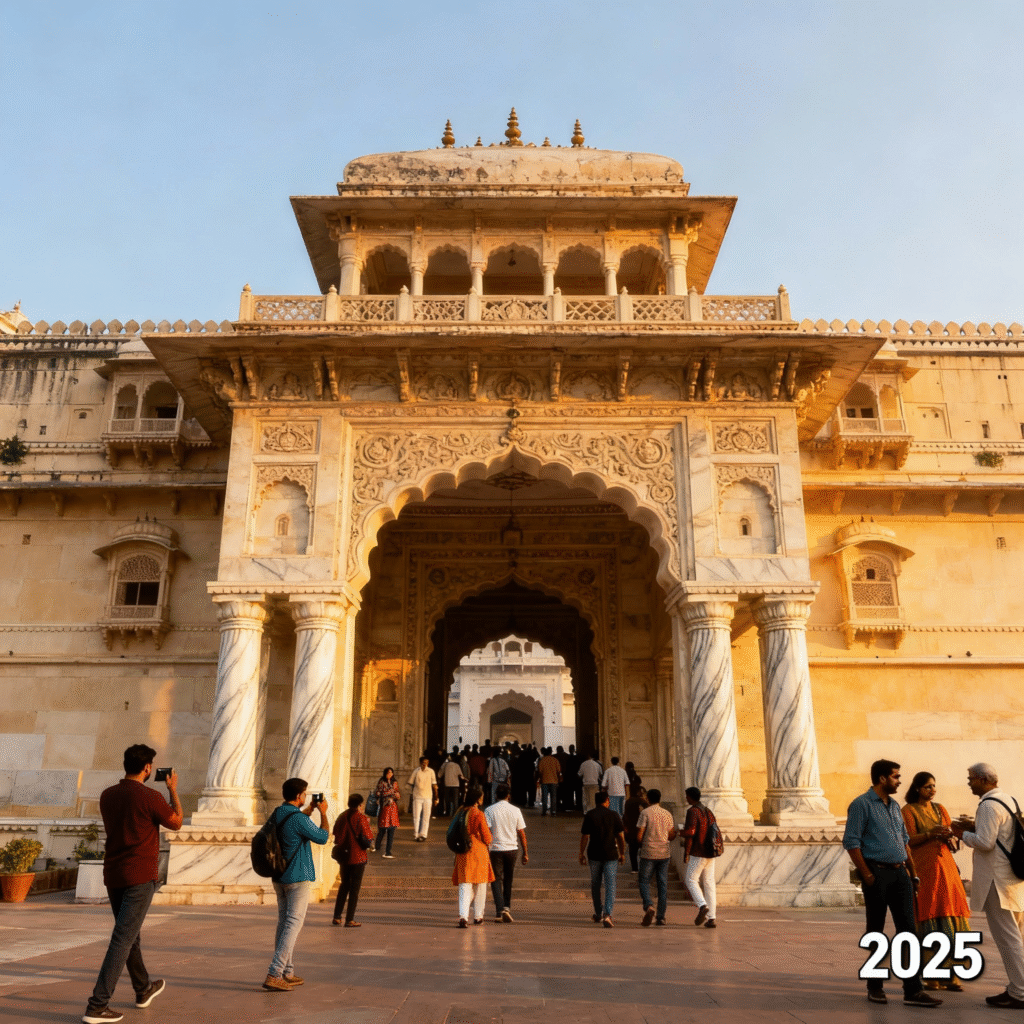
Funding and International Support
The Udaipur City Palace 2025 initiative has secured funding from multiple sources. The Maharana of Mewar Charitable Foundation leads the effort, supplemented by grants from international heritage organizations and tourism revenue reinvestment.
The Archaeological Survey of India provides technical expertise and partial funding. International partners, including the Getty Conservation Institute and World Monuments Fund, offer specialized knowledge for complex restoration challenges. This collaboration brings world-class conservation practices to the project.
Private donations from heritage enthusiasts worldwide have contributed significantly. Crowdfunding campaigns and cultural partnerships have raised awareness while generating financial support for specific restoration projects within the palace complex.
Timeline and Phases
The preservation initiative follows a carefully planned timeline extending through 2027. Phase One, beginning January 2025, focuses on structural assessments and emergency repairs to prevent further deterioration. This phase includes comprehensive documentation using 3D scanning and photogrammetry.
Phase Two starts mid-2025, addressing major restoration work on public areas. You’ll notice scaffolding and protective barriers in certain sections, though most of the palace remains accessible. Conservation teams schedule work to minimize visitor disruption while maintaining safety standards.
Phase Three, planned for 2026-2027, tackles interior restoration and conservation of artifacts. This final phase includes creating new educational displays and improving visitor facilities while respecting the palace’s historical character and architectural authenticity.
How Preservation Efforts Will Impact the Architecture
Structural Reinforcement Techniques
Engineers working on the Udaipur City Palace 2025 project employ cutting-edge structural reinforcement methods. They’re using carbon fiber wrapping on weakened pillars, a technique that strengthens without altering appearance. This invisible support system protects original architecture while meeting modern safety standards.
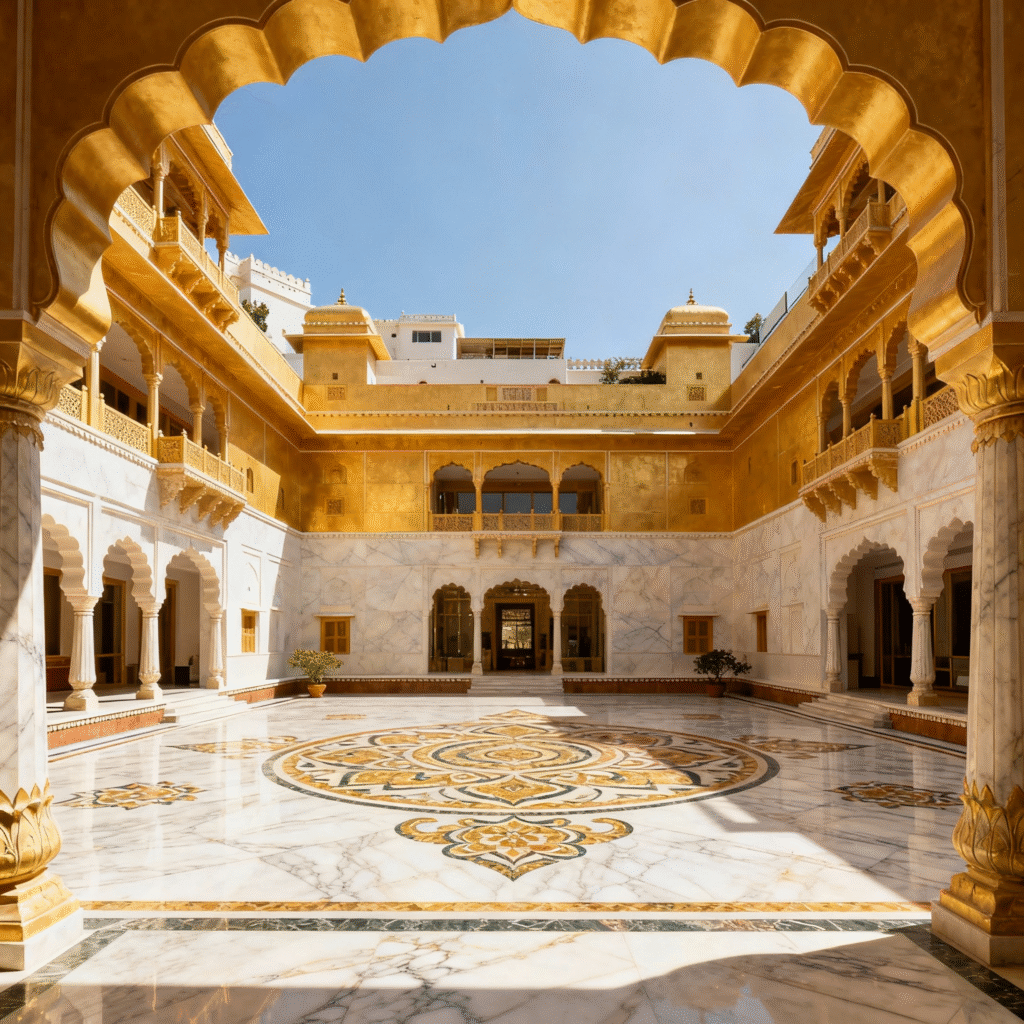
Foundation stabilization addresses centuries of settling and weathering. Specialists inject lime-based grouts into cracks, using materials that match original construction techniques. This approach maintains structural integrity while respecting historical building methods and material compatibility.
Seismic retrofitting strengthens the palace against earthquake damage. Rajasthan sits in a moderate seismic zone, making this protection essential for long-term preservation. Engineers install shock absorbers and flexible joints that allow controlled movement during earthquakes without visible modifications.
Traditional vs. Modern Conservation Methods
The Udaipur City Palace preservation balances old and new approaches. Master craftsmen use traditional lime plaster recipes passed down through generations. These time-tested materials ensure compatibility with original construction and maintain the palace’s authentic appearance and texture.
Modern technology enhances traditional techniques. Laser cleaning removes centuries of grime without damaging delicate stonework. This precision tool cleans intricate carvings that hand-cleaning might harm, revealing original colors and details hidden for decades.
Digital documentation creates permanent records of every architectural element. High-resolution 3D scans preserve details that might deteriorate over time. These digital twins serve as references for future restoration and educational purposes, ensuring knowledge preservation alongside physical conservation.
Protecting Original Rajput Design Elements
Preservationists prioritize maintaining authentic Rajput architectural features. The palace’s distinctive jharokhas (overhanging balconies) receive special attention. These delicate stone structures combine function and beauty, requiring careful stabilization without compromising their original design integrity.
Intricate stone lattice work, called jalis, filters light while maintaining privacy. Conservation teams document each unique pattern before restoration. Skilled artisans replace damaged sections using traditional carving techniques, ensuring new work seamlessly matches centuries-old craftsmanship.
The palace’s famous peacock mosaics undergo meticulous restoration. Craftsmen source colored glass matching original materials, replacing damaged pieces individually. This patient work preserves the mosaics’ stunning visual impact while maintaining historical authenticity and artistic value.
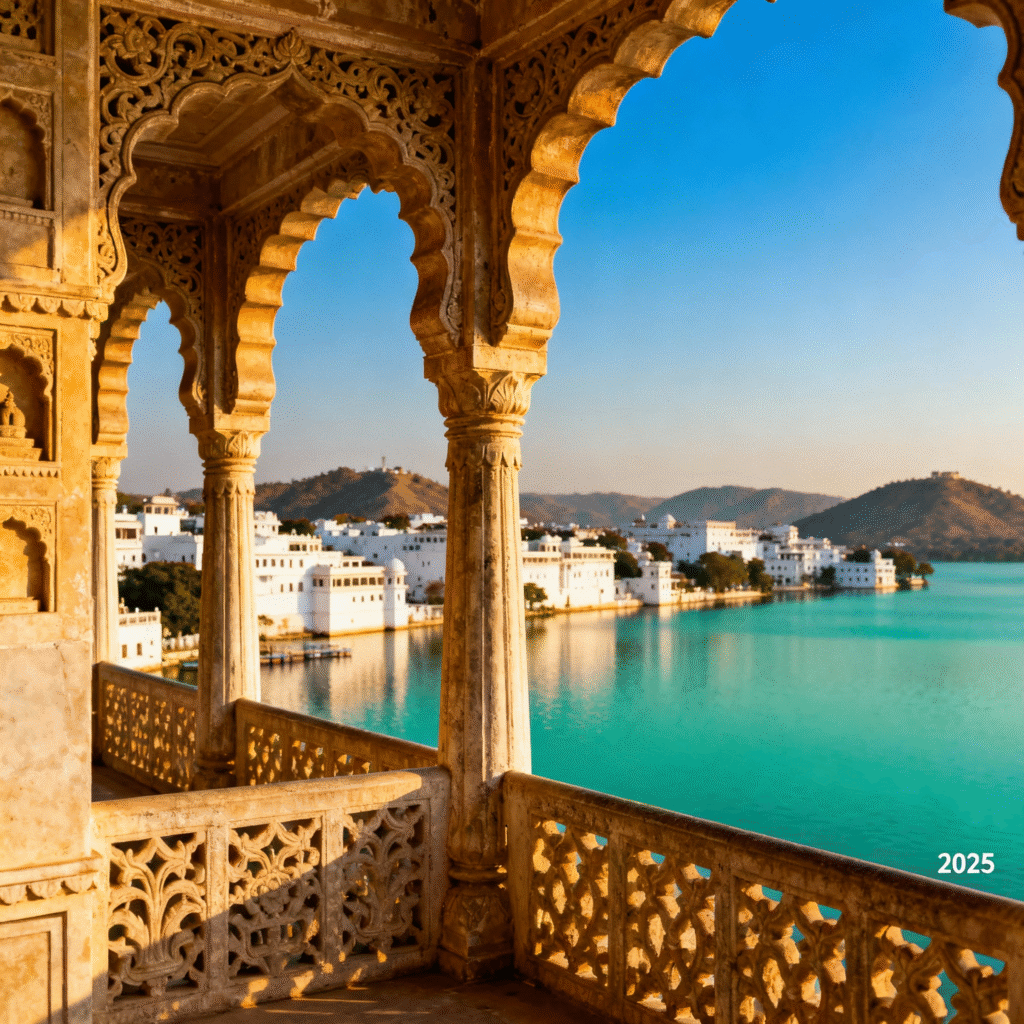
Visitor Experience Changes in 2025
New Access Routes and Restrictions
The Udaipur City Palace 2025 conservation affects how you’ll explore the complex. Certain sections close temporarily for restoration work, with clear signage directing you to alternative routes. These changes protect both visitors and ongoing conservation work.
New pathways improve accessibility for visitors with mobility challenges. Ramps and elevators installed during renovation provide access to previously difficult areas. These additions follow universal design principles while respecting the palace’s historical character and architectural aesthetics.
Visitor capacity limits help preserve the palace for future generations. Timed entry tickets reduce crowding and minimize wear on delicate floors and structures. You’ll enjoy a more intimate experience while contributing to long-term conservation through responsible tourism practices.
Enhanced Digital Tours and Technology
Augmented reality features transform your Udaipur City Palace visit. Your smartphone reveals historical scenes overlaid on current views, showing how rooms looked during different royal periods. This technology brings history alive without physical alterations to the palace itself.
Interactive displays throughout the complex explain conservation processes. You’ll see before-and-after comparisons showing restoration progress and learn about techniques for protecting the palace. These educational elements deepen your understanding of preservation challenges and successes.
Virtual reality stations let you explore restricted areas undergoing restoration. You can experience the Zenana Mahal’s private chambers or climb towers closed for safety reasons. This technology provides comprehensive access while protecting fragile spaces from excessive foot traffic.
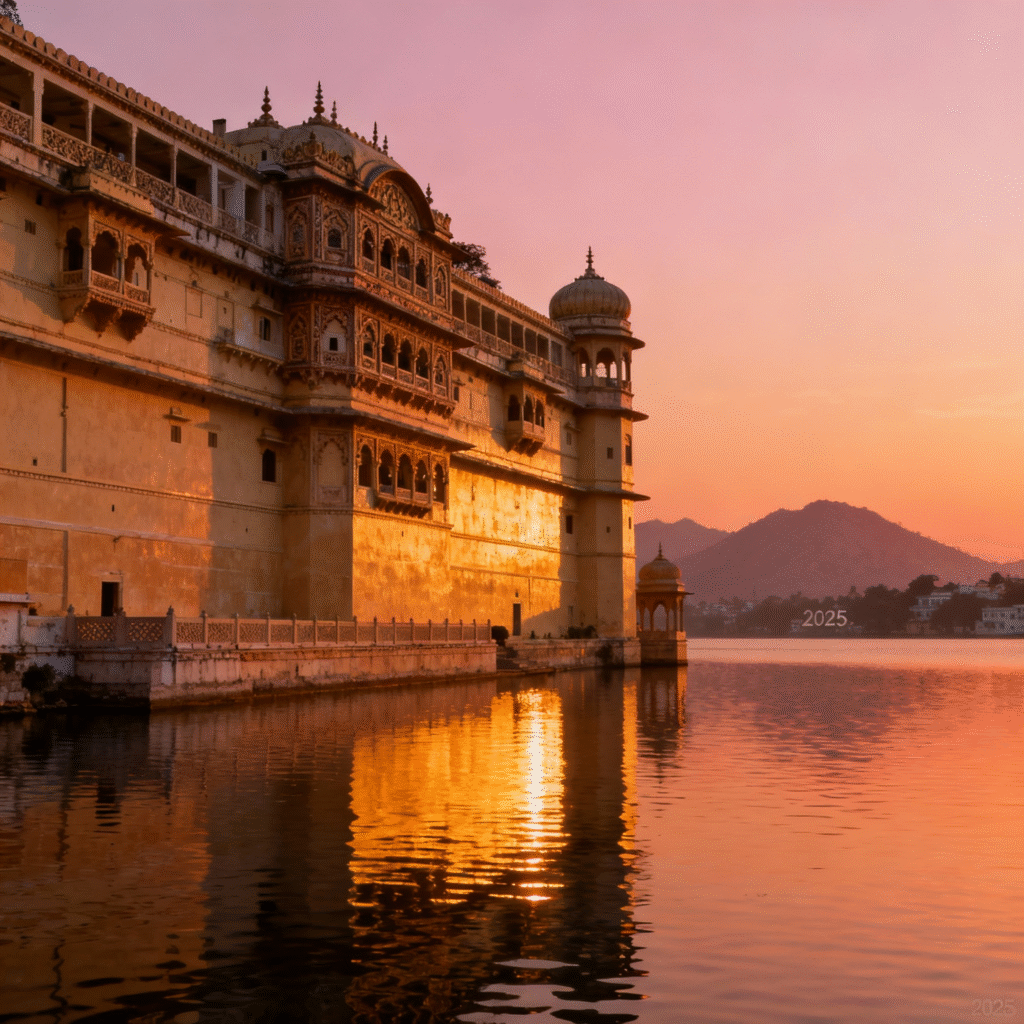
Educational Programs and Guided Experiences
New specialized tours focus on conservation efforts. Expert guides explain restoration techniques, architectural history, and ongoing preservation challenges. These behind-the-scenes experiences offer unique insights unavailable during standard visits to the palace complex.
Workshops teach traditional crafts used in palace restoration. You can try miniature painting, mirror work, or stone carving under master craftsmen’s guidance. These hands-on experiences connect you directly with skills preserving the Udaipur City Palace 2025 for future generations.
Photography restrictions in certain areas protect light-sensitive artifacts and paintings. Flash photography damages delicate pigments over time, so you’ll find designated photo zones throughout the palace. These measures balance your desire for memories with conservation necessities.
Economic and Tourism Impact
Boosting Udaipur’s Tourism Revenue
The Udaipur City Palace 2025 preservation initiative strengthens the city’s tourism economy. Enhanced facilities and improved conservation attract more international visitors seeking authentic heritage experiences. You’ll find better amenities, clearer information, and more engaging exhibits throughout your visit.
Preservation work extends the visitor season by protecting against monsoon damage. Previously, heavy rains forced temporary closures, disrupting tourism revenue. Improved weatherproofing keeps more sections accessible year-round, benefiting local businesses dependent on tourist spending.
The palace’s improved condition justifies premium ticket prices that fund ongoing conservation. Revenue reinvestment creates a sustainable model where your visit directly supports preservation. This approach ensures the palace’s protection doesn’t depend solely on government funding or charitable donations.
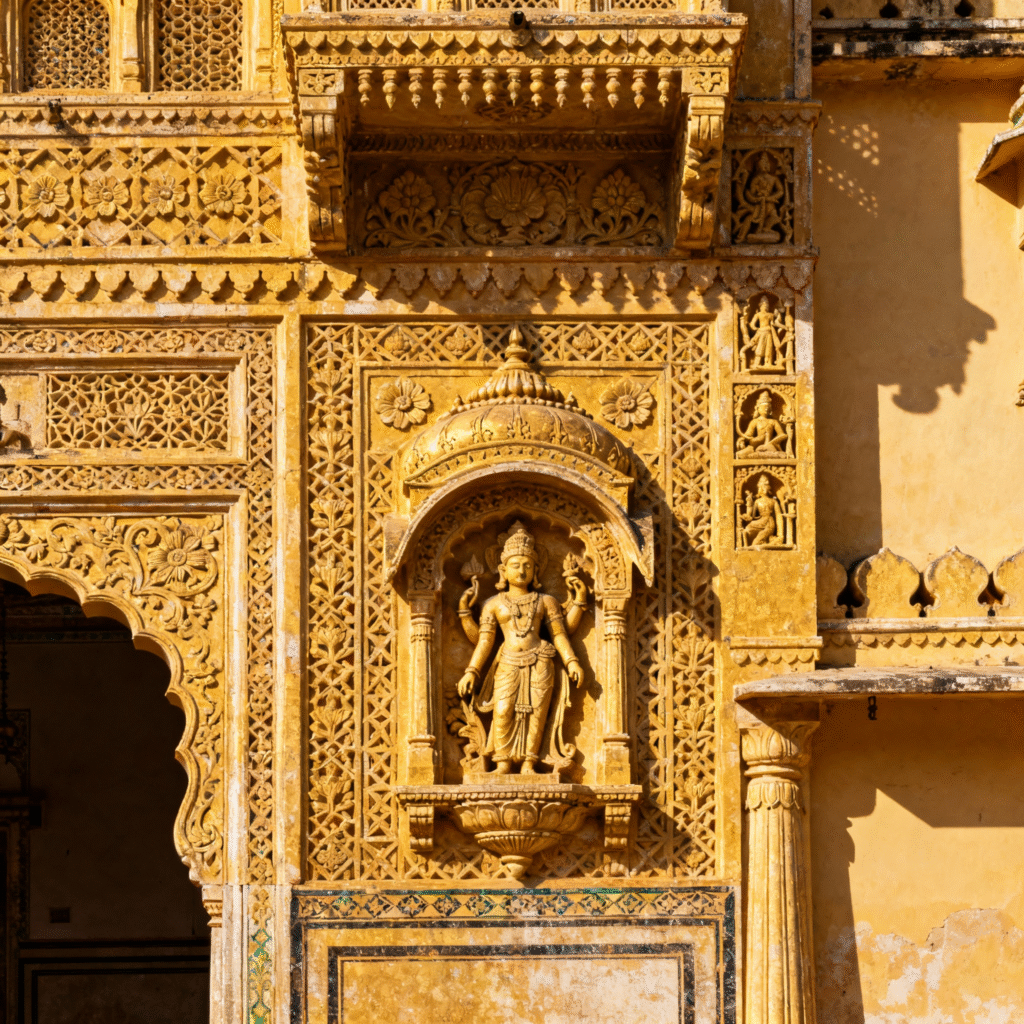
Job Creation Through Conservation
Restoration projects employ hundreds of skilled artisans and craftspeople. The Udaipur City Palace initiative revives traditional building trades threatened by modernization. Young people learn centuries-old techniques from master craftsmen, preserving cultural knowledge alongside physical structures.
Tourism-related employment expands as visitor numbers increase. New guide positions, hospitality jobs, and craft workshops provide sustainable livelihoods for Udaipur residents. You’ll interact with knowledgeable staff passionate about sharing their heritage and supporting their community.
Conservation training programs develop specialized skills transferable to other heritage sites. Workers trained on the Udaipur City Palace 2025 project become valuable assets for restoration efforts throughout Rajasthan and beyond, spreading conservation expertise and traditional craftsmanship knowledge.
Sustainable Tourism Practices
The preservation initiative incorporates environmental sustainability. Solar panels power visitor facilities, reducing the palace’s carbon footprint. Rainwater harvesting systems collect monsoon precipitation for gardens and cleaning, decreasing groundwater dependence and environmental impact.
Waste management systems minimize tourism’s environmental impact. Recycling stations and plastic-free policies keep the palace complex clean while educating visitors about environmental responsibility. Your visit supports these sustainable practices through participation and awareness.
Community involvement ensures tourism benefits residents. The Udaipur City Palace partners with neighborhood businesses, creating economic opportunities beyond the palace walls. This inclusive approach builds local support for conservation while distributing tourism revenue more equitably throughout the community.
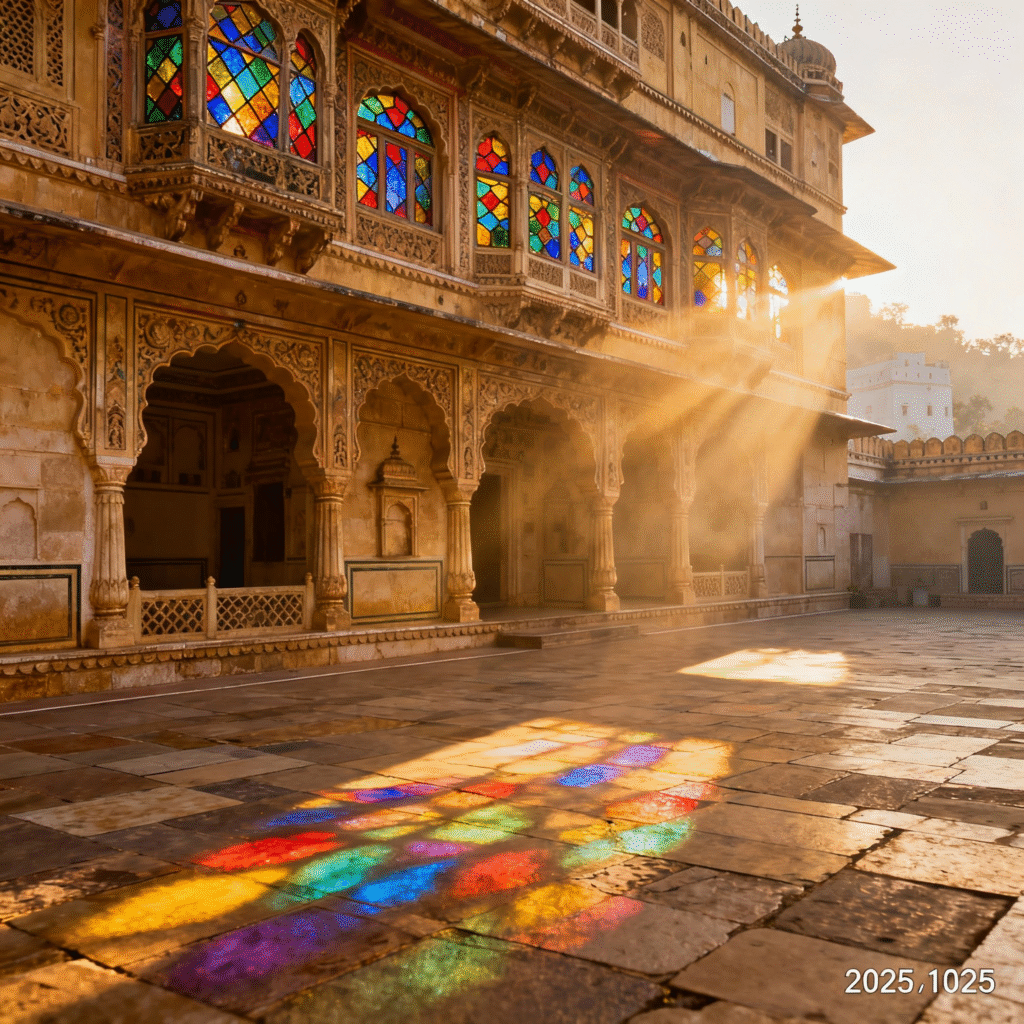
Challenges Facing the Preservation Team
Weather and Climate Threats
Monsoon rains present ongoing challenges for Udaipur City Palace 2025 conservation. Heavy precipitation penetrates stonework, causing water damage and structural weakening. Preservation teams must balance waterproofing needs with maintaining the building’s ability to breathe and dry naturally.
Extreme temperature fluctuations stress historical materials. Rajasthan’s climate swings from scorching summers to cool winters, causing expansion and contraction that cracks stone and loosens mortar. Conservation efforts must address these natural stresses while preserving original construction techniques.
Climate change intensifies these weather-related challenges. Increasingly unpredictable rainfall patterns and rising temperatures accelerate deterioration. The preservation team must adapt strategies to address these evolving threats while working within traditional conservation frameworks and material limitations.
Balancing Tourism with Conservation
The Udaipur City Palace faces constant tension between access and preservation. Every visitor contributes to wear on floors, railings, and structures. Conservation teams must determine sustainable visitor numbers that generate necessary revenue without accelerating deterioration rates.
Popular areas suffer disproportionate damage from foot traffic. The Mor Chowk’s peacock courtyard and palace viewpoints experience concentrated wear. Rotating access or protective barriers help, but these measures sometimes frustrate visitors seeking unrestricted palace exploration and photography opportunities.
Special events and filming generate significant revenue but risk damage. The preservation team carefully evaluates requests for weddings, fashion shoots, and film productions. Strict protocols protect vulnerable areas while allowing controlled use that funds ongoing conservation efforts.
Budget Constraints and Resource Allocation
The Udaipur City Palace 2025 initiative requires substantial ongoing funding. While initial restoration receives strong support, long-term maintenance needs continuous investment. Preservation teams must prioritize projects, sometimes delaying work on less critical but still important areas.
Sourcing authentic materials challenges both the budget and timeline. Traditional lime plaster and specific stone types cost more than modern alternatives. The commitment to authentic restoration increases expenses but ensures historical integrity and long-term compatibility with original construction.
Skilled craftsmen command premium wages reflecting their rare expertise. Training new artisans takes years, creating workforce limitations. The preservation program must balance immediate restoration needs with long-term workforce development to ensure sustainable conservation capacity.
Expert Opinions on the Conservation Efforts
Dr. Anjali Mehta, Heritage Conservation Specialist at the National Museum Institute, praises the Udaipur City Palace 2025 approach: “This project sets new standards for heritage preservation in India. The integration of traditional techniques with modern technology creates a model that other historical sites should follow. It demonstrates that conservation and visitor experience can coexist successfully.”
Conservation architect Rajesh Kumar notes the project’s technical innovations: “The structural reinforcement methods used at Udaipur City Palace are cutting-edge yet invisible. We’re protecting these buildings without compromising their authentic appearance. This delicate balance represents the future of heritage conservation worldwide.”
Tourism expert Sarah Williams highlights economic benefits: “Preservation-focused tourism creates sustainable revenue streams. Visitors increasingly seek authentic, well-maintained heritage experiences. The Udaipur City Palace 2025 initiative positions Udaipur as a premier heritage destination while ensuring the palace’s survival for future generations.”
Local historian Vikram Singh emphasizes cultural continuity: “This isn’t just about preserving buildings. We’re protecting living traditions, craft knowledge, and cultural identity. The Udaipur City Palace remains a symbol of Mewar pride and Rajasthani heritage. These preservation efforts honor that legacy while adapting to modern realities.”
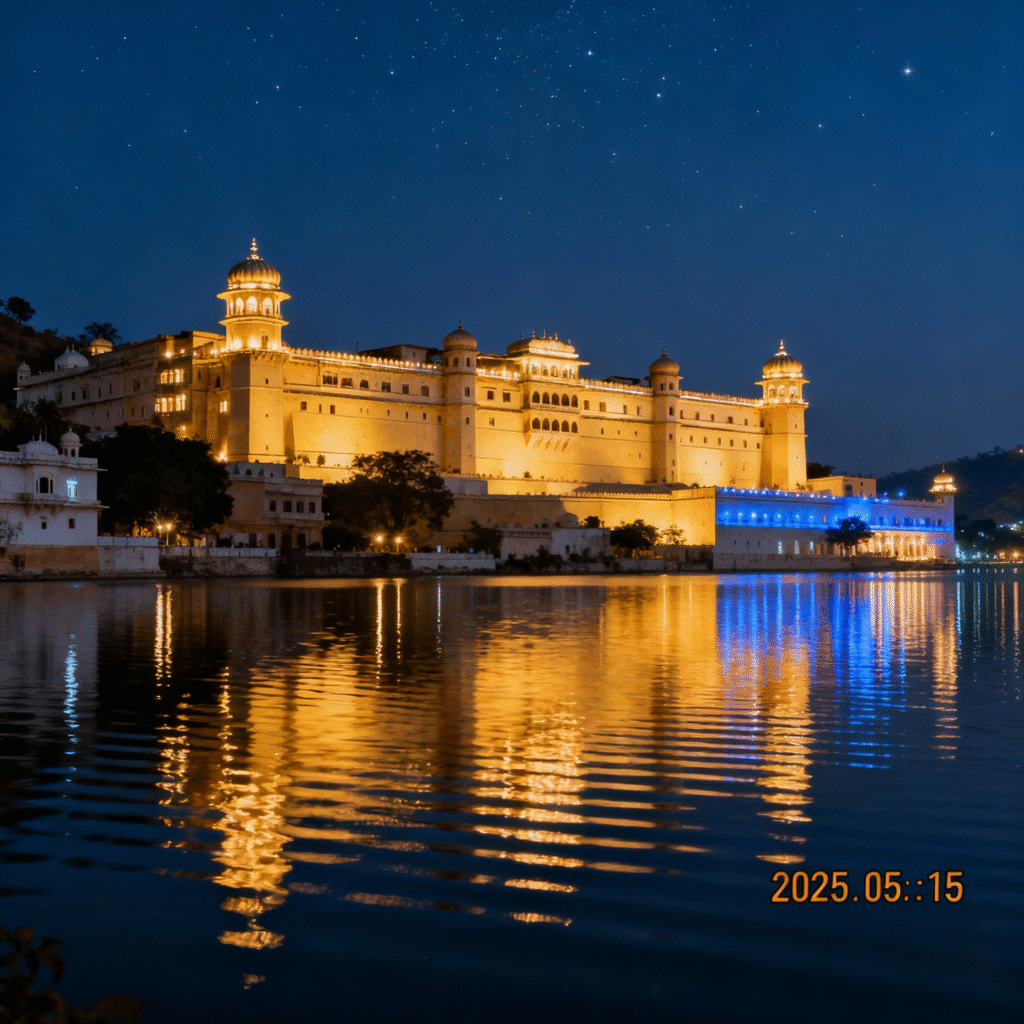
Comparison: Before and After Preservation
Structural Condition Assessment Table
| Palace Section | Pre-2025 Condition | Post-Preservation Status | Key Improvements |
|---|---|---|---|
| Badi Mahal | Significant water damage, weakened foundations | Stabilized structure, improved drainage | Waterproofing, foundation reinforcement |
| Zenana Mahal | Deteriorating mirror work, cracked plaster | Restored mosaics, repaired surfaces | Traditional craft restoration |
| Dilkhush Mahal | Faded murals, structural cracks | Brightened paintings, sealed cracks | Mural conservation, structural repair |
| Courtyard Areas | Uneven paving, drainage issues | Level surfaces, efficient water management | Stone replacement, drainage systems |
| Viewing Platforms | Safety concerns, limited access | Enhanced safety, improved accessibility | Railings, stabilization, ramps |
| Artifact Storage | Climate control issues | Modern conservation facilities | Temperature and humidity regulation |
| Visitor Facilities | Basic amenities, limited information | Modern restrooms, comprehensive signage | Infrastructure upgrades, educational displays |
Key Preservation Techniques Applied
The Udaipur City Palace 2025 conservation employs these proven methods:
- Non-invasive structural analysis using ground-penetrating radar and ultrasonic testing to identify hidden damage without drilling or destructive examination
- Lime-based mortars and plasters matching original 16th-century recipes for material compatibility and authentic appearance
- Micro-climate monitoring systems track temperature, humidity, and air quality to prevent deterioration from environmental factors
- Reversible interventions allowing future conservators to undo treatments if better methods emerge
- Traditional craft revival trains new artisans in historical techniques, ensuring knowledge preservation
- Laser cleaning technology removes pollution and biological growth without abrading delicate stone surfaces
- Bio-consolidation treatments strengthen deteriorated stone using natural bacterial processes that create calcium carbonate
- Advanced documentation methods create comprehensive digital records for research and future restoration reference
Visitor Impact: What You’ll Notice
When you visit the Udaipur City Palace during and after the 2025 preservation initiative, you’ll experience several noticeable changes. The palace appears brighter and more colorful as cleaning reveals original pigments hidden under centuries of grime. You’ll see restored details that previous visitors missed completely.
Improved lighting systems showcase architectural features while protecting light-sensitive materials. LED installations replace harsh bulbs that accelerate fading. You’ll appreciate enhanced visibility without contributing to artifact deterioration through your visit.
Better crowd management creates more enjoyable experiences. Timed tickets eliminate long queues and overwhelming crowds in popular areas. You’ll explore at a comfortable pace with space to appreciate intricate details and stunning views.
Enhanced interpretive materials deepen your understanding. New signage explains architectural features, historical context, and conservation efforts. You’ll leave with comprehensive knowledge about what you’ve seen and why preservation matters for cultural heritage protection.
The Role of Technology in Modern Preservation
Digital Documentation and 3D Modeling
The Udaipur City Palace 2025 project utilizes advanced 3D laser scanning technology. These scans capture millions of data points, creating precise digital replicas of every architectural element. You benefit from this technology through enhanced virtual tours and educational displays.
Photogrammetry complements laser scanning by capturing color and texture information. Thousands of high-resolution photographs combine into detailed 3D models. These digital assets support conservation planning, public education, and virtual access for people unable to visit in person.
Building Information Modeling (BIM) organizes conservation data systematically. This digital framework tracks restoration progress, maintenance schedules, and material specifications. The technology ensures institutional knowledge survives staff changes and supports long-term palace management.
Environmental Monitoring Systems
Smart sensors throughout the Udaipur City Palace track conditions affecting preservation. Temperature, humidity, light levels, and air quality data help conservators identify problems before visible damage occurs. You’ll see discrete monitoring equipment that protects without detracting from aesthetics.
Predictive analytics use historical data to forecast conservation needs. Machine learning algorithms identify deterioration patterns and recommend preventive interventions. This proactive approach prevents expensive emergency repairs while extending the palace’s lifespan through strategic maintenance timing.
Remote monitoring allows experts worldwide to consult on conservation challenges. Real-time data sharing enables collaboration with international specialists without travel expenses. This connectivity brings world-class expertise to the Udaipur City Palace 2025 preservation efforts.
Community Involvement and Cultural Education
Local Engagement Programs
The Udaipur City Palace preservation initiative actively involves local communities. School programs bring students to the palace for heritage education workshops. Young people learn about their cultural legacy while developing pride in local history and architectural achievements.
Community advisory committees include neighborhood residents in decision-making. Local voices influence how preservation balances conservation needs with community interests. This inclusive approach builds grassroots support for ongoing protection efforts and sustainable tourism development.
Volunteer programs engage citizens in conservation activities. Community members assist with documentation, garden maintenance, and visitor services. These opportunities create personal connections to the palace while distributing ownership of preservation beyond professional staff.
Craft Revival Initiatives
Traditional craft training programs ensure skills survival. The Udaipur City Palace 2025 project operates workshops teaching miniature painting, stone carving, and textile work. Master craftsmen pass knowledge to apprentices, creating living chains connecting present to past.
Market connections help trained artisans earn sustainable incomes. Palace shops feature craftwork created by program graduates, providing sales venues and quality assurance. You can purchase authentic pieces while supporting traditional crafts and local artisan communities.
Documentation projects record vanishing techniques. Video archives capture master craftsmen demonstrating traditional methods. These resources support future training while preserving cultural knowledge that exists only in elderly practitioners’ memories.
Key Takeaways: Why This Preservation Matters
The Udaipur City Palace 2025 preservation initiative represents more than building maintenance. It protects centuries of cultural heritage, architectural innovation, and artistic achievement. Your support through visits and awareness helps ensure this treasure survives for future generations.
These conservation efforts demonstrate that heritage protection and tourism can coexist sustainably. Proper management allows you to enjoy historical sites while ensuring their survival. The Udaipur City Palace model offers lessons applicable to endangered heritage sites worldwide.
Preservation work revives traditional crafts threatened by modernization. Skills practiced for generations continue through training programs linked to conservation projects. You witness living cultural traditions alongside historical architecture during your palace visit.
The initiative proves that investing in heritage conservation generates economic, educational, and cultural returns. Protected historical sites attract quality tourism, create employment, and strengthen community identity. The Udaipur City Palace stands as a testament to preservation’s multifaceted value.
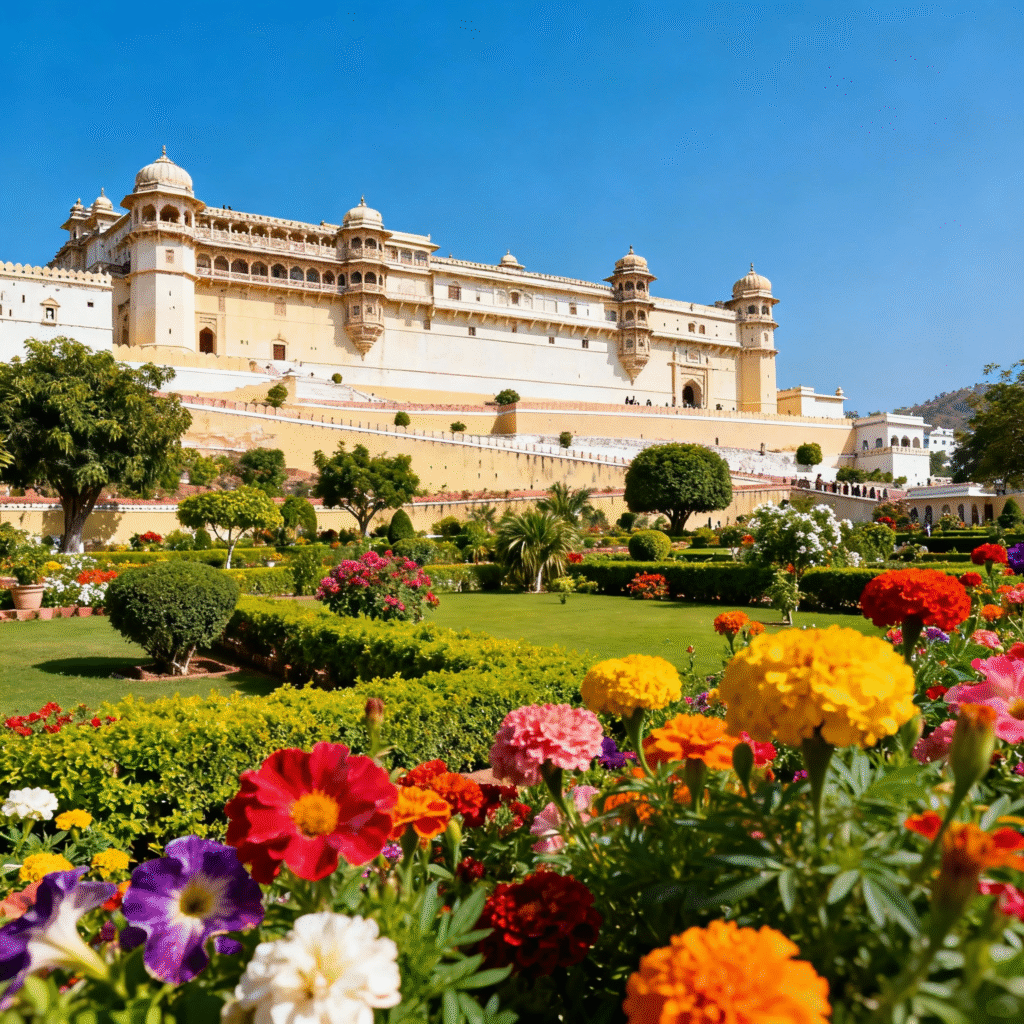
Conclusion and Call to Action
The Udaipur City Palace 2025 preservation initiative marks a critical moment in protecting one of India’s most magnificent architectural treasures. These conservation efforts ensure that you and future generations can experience the palace’s stunning beauty, rich history, and cultural significance firsthand.
From structural reinforcement to traditional craft revival, every aspect of the preservation program balances modern technology with time-honored techniques. You’ll witness restoration work that respects the palace’s authentic character while providing enhanced visitor experiences through improved facilities and educational programming.
The success of the Udaipur City Palace conservation depends on continued support from visitors, heritage enthusiasts, and cultural advocates worldwide. Your visit makes a real difference, funding ongoing preservation through admission fees while demonstrating global appreciation for Rajasthan’s architectural heritage.
Plan your visit to the Udaipur City Palace in 2025 to witness preservation history in action. Experience the palace’s magnificence while supporting conservation efforts that protect this cultural treasure. Book your tickets in advance, respect preservation guidelines, and share your experience to inspire others to support heritage conservation worldwide.
Frequently Asked Questions
Q: Will the Udaipur City Palace remain open during the 2025 preservation work?
Yes, the Udaipur City Palace stays open throughout the 2025 conservation efforts. Most sections remain accessible, though some areas close temporarily for restoration work. Your ticket includes all open sections, with clear signage directing you around closed zones.
Q: How do preservation efforts affect ticket prices?
Ticket prices for the Udaipur City Palace 2025 increase moderately to fund conservation work. Your admission directly supports preservation, with proceeds reinvested in ongoing restoration and maintenance. Enhanced experiences and improved facilities justify the modest price adjustment.
Q: Can I photograph the palace during my visit?
Photography is allowed in most Udaipur City Palace areas, but flash photography is prohibited to protect light-sensitive artifacts. Some newly restored sections have temporary photography restrictions. Designated photo zones offer optimal views while protecting vulnerable areas.
Q: What’s the best time to visit during the preservation initiative?
Visit the Udaipur City Palace during cooler months (October through March) for comfortable weather and optimal viewing conditions. Early mornings or late afternoons offer better lighting and smaller crowds. Check the palace website for sections currently under restoration before planning your trip.
Q: How long will the complete preservation project take?
The Udaipur City Palace 2025 initiative extends through 2027 for major restoration phases. However, preservation is ongoing, with continuous maintenance protecting the palace indefinitely. The current intensive restoration addresses accumulated deterioration while establishing sustainable long-term conservation practices.
Q: Are guided tours available focusing on conservation efforts?
Yes, specialized conservation tours at the Udaipur City Palace explain preservation techniques and restoration challenges. These expert-led experiences provide behind-the-scenes access and detailed information unavailable on standard tours. Booking is recommended for these popular educational programs.
Q: How can international visitors support preservation efforts?
You support Udaipur City Palace preservation through admission fees, which directly fund conservation. Additional donations through the Maharana of Mewar Charitable Foundation provide extra support. Responsible tourism practices—following rules, respecting restricted areas—also protect the palace for future generations.
Q: Will the preservation change the palace’s authentic character?
No, the Udaipur City Palace 2025 initiative prioritizes authenticity. Conservation teams use traditional materials and techniques, matching original construction. Modern additions remain invisible or reversible. The palace retains its genuine historical character while gaining structural stability and improved protection.
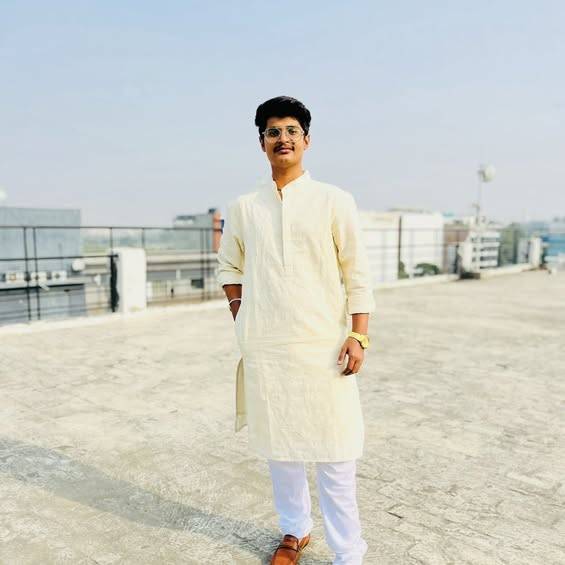
Hi, I am Raghav Ahuja a curious explorer, travel enthusiast, and the voice behind Travel The World Today. I believe in discovering the beauty of every destination without breaking the bank. Through my journeys, I share tips, stories, and travel guides to help you explore the world on a budget. Whether you’re a solo adventurer, a family traveler, or just planning your next escape, I’m here to inspire and guide you every step of the way.
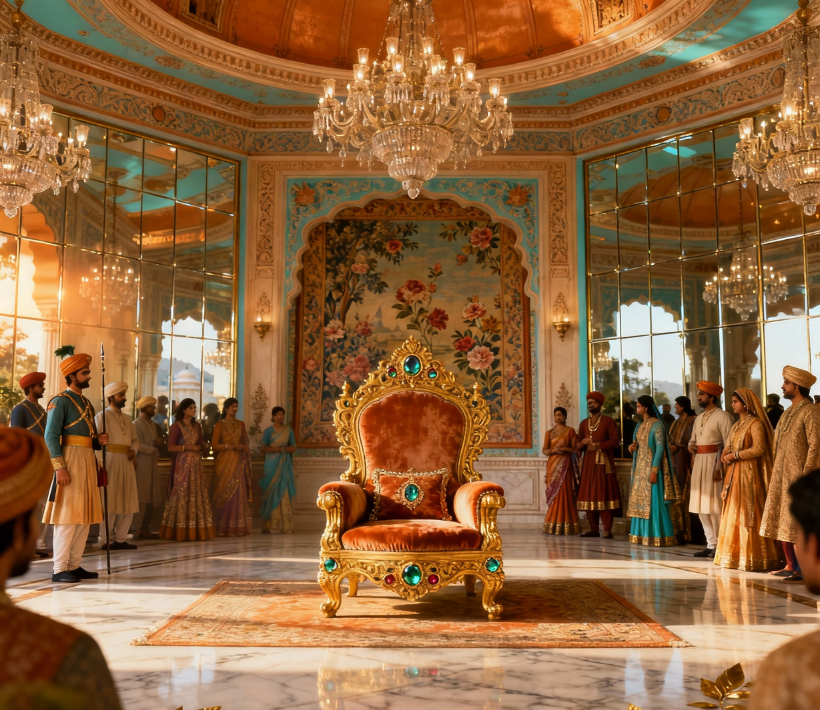
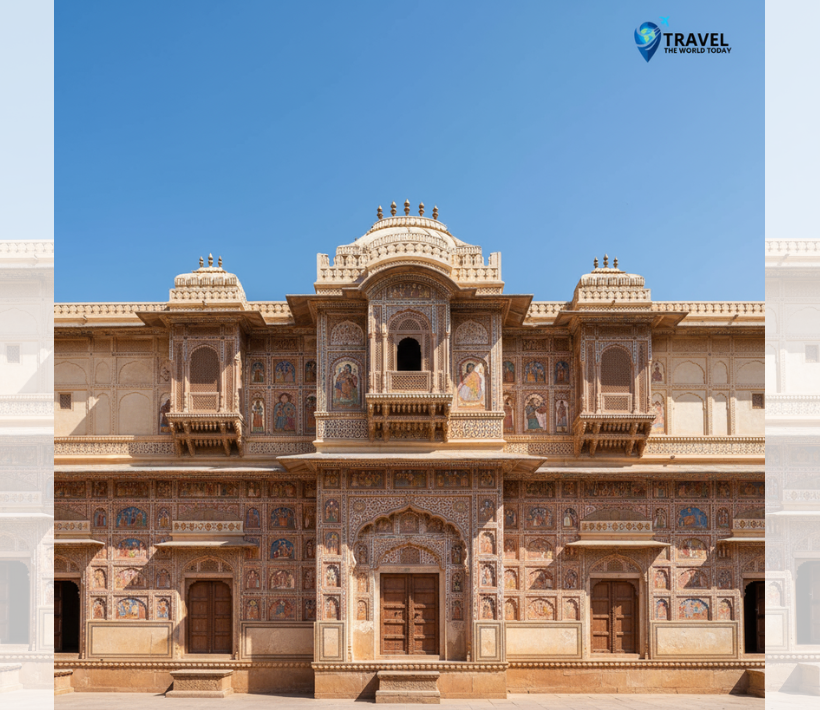

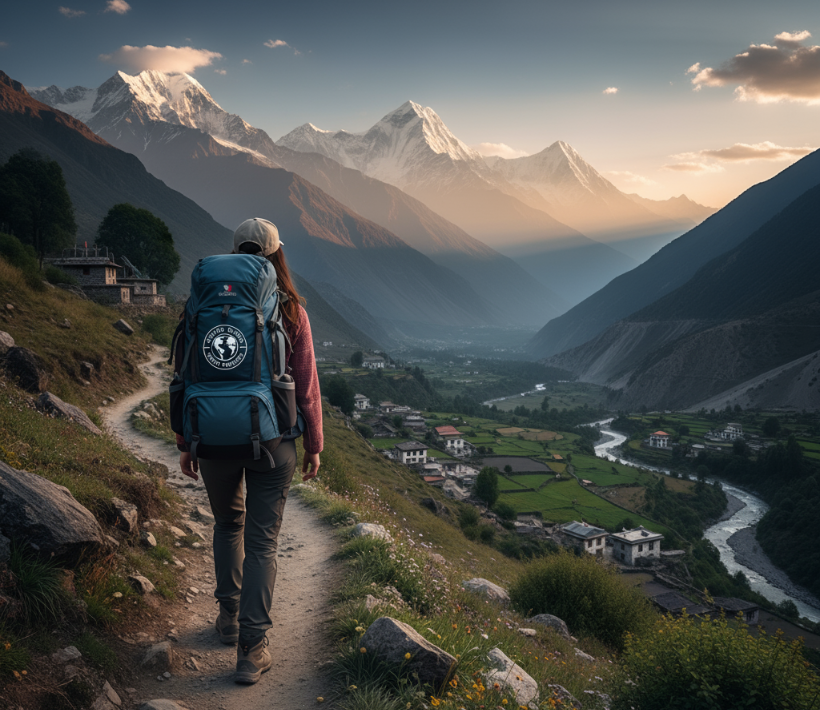

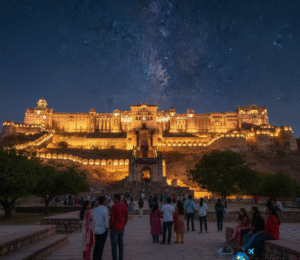

Post Comment